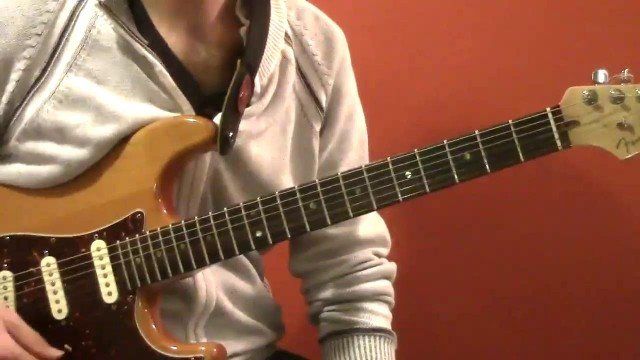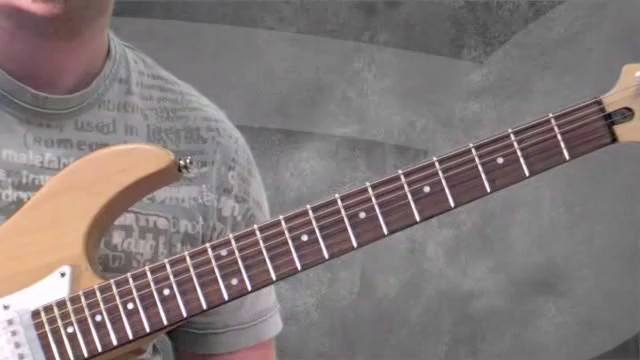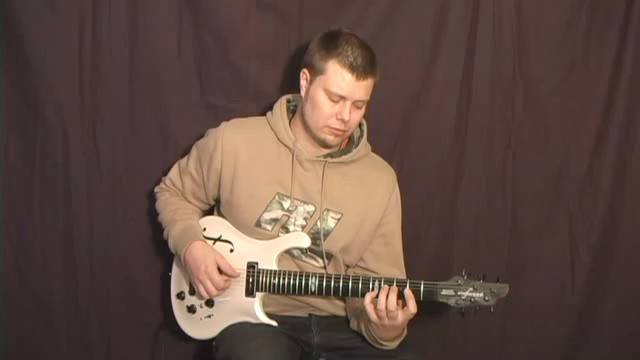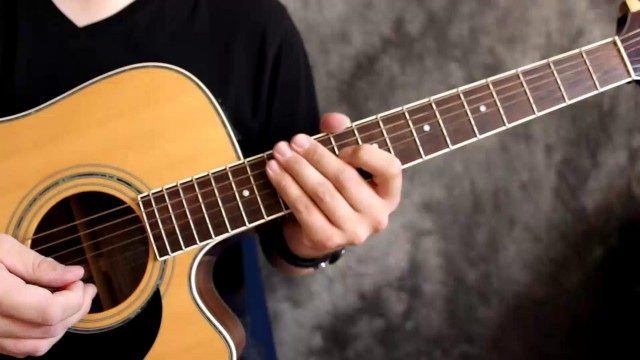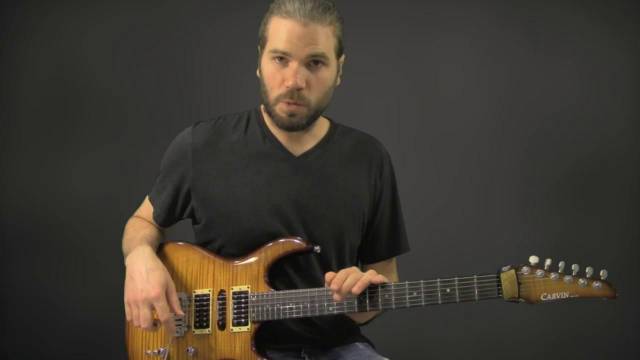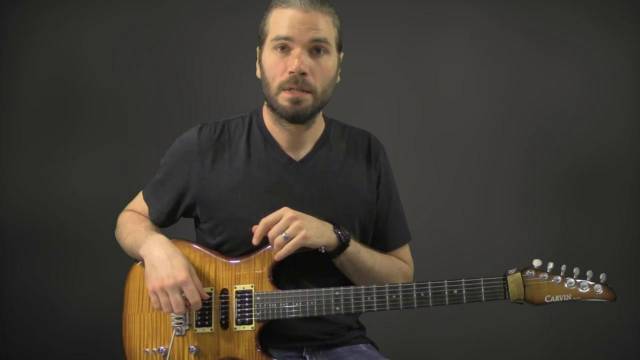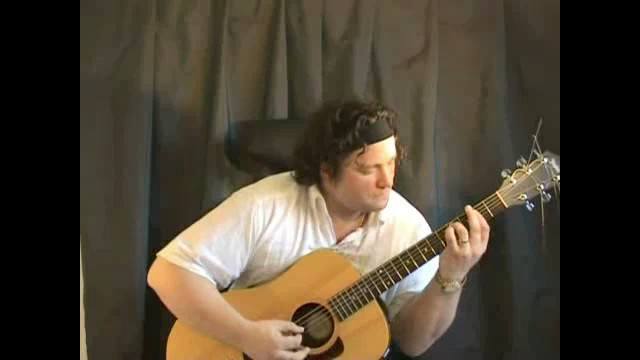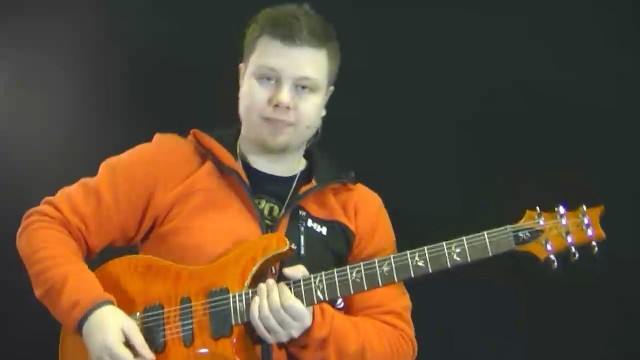In this lesson, we will be focusing on the different types of 6th chords that can be formed, so let's get started.
A 6th chord is built basically the same way as a 7th chord, except that instead of a major 7th, we put a major 6th in its place so what we have is a chord that is built as: (1-3-5-6) Or intervalically, it can be seen as (Root, Major 3rd, Perfect 5th and Major 6th)
The first 6th chord we are going to look at is an E form Major 6th chord. This is built with the root on the low E string, the 6th on the D string, the 3rd on the G string, and the 5th on the B string.

The next Major 6th chord is going to be built with the Root on the B string, the 6th on the G string, the 3rd on the D string and the 5th on the low E string.
![]()
The Final Major 6th chord is going to be built with the Root on the A string, the 5th on the D string, the Root again on the G string, the 3rd on the B string, and the 5th on the high E string.
![]()
The next 6th chord is going to be a Minor 6th chord, which is formed the same way as the Major sixth chord, except to make it minor we lower the 3rd one half step so we now have this built as (1-b3-5-6). Intervalically, it can be thought up of as (Root, Minor 3rd, Perfect 5th, Major 6th)
The first Minor 6th chord is going to be built with the root on the low E string, the 6th on the D string, the minor 3rd on the G string, and the 5th on the B string.
![]()
The next Minor 6th chord is going to be built with the root on the B string, the 6th on the G string, the Minor 3rd on the D string and the 5th on the low E string.
![]()
The final Minor 6th chord is going to be built with the root on the A string, the 6th on the G string, the Minor 3rd on the B string and the 5th on the high E string.
![]()
The next 6th chord we are going to look at is the 6/7 chord. This chord is just a 6th chord, except we now add on the Major 7th to it so the new formula is: (1-3-5-6-7) Intervalically, this can be seen as: (Root, Major 3rd, perfect 5th, Major 6th, Major 7th)
The first 6/7 chord is going to be built with the Root on the low E string, the 7th on the D string, the 3rd on the G string and the 6th on the B string.
![]()
The final 6/7 chord is going to be built with the Root on the A string, the 3rd on the D string, the 7th on the G string, the 3rd again on the B string, and the 6th on the high E string.

The final 6th chord we are going to look at is the 6/9 chord. Just like the 6/7 chord, we are going to add one note on top of the major 6th chord, except this time it is going to be the Major 9th, so our new makeup will be built as: (1-3-5-6-9) Intervalicaly, this can be seen as: (Root, Major 3rd, Perfect 5th, Major 6th, Major 9th)
The first 6/9 chord is going to be built with the root on the A string, the 3rd on the D string, the 6th on the G string, the 9th on the B string, and the 5th on the high E string.

The next 6/9 chord is going to be built with the root on the low E string, the 6th on the D string, the 9th on the G string, and the 5th on the B string.

This other E form 6/9 chord is built with the root on the low E string, the root again on the D string, the 3rd on the G string, the 6th on the B string, and the 9th on the high E string.

The final 6th chord we are going to learn is a minor 6/9 chord, where-in we take the original 6/9 form we had before and just lower the 3rd a half step to make it minor, so our new formula is: (1-b3-5-6-9) Intervalically, this can be seen as: (Root, Minor 3rd, Perfect 5th, Major 6th, Major 9th)
This Minor 6/9 chord is built with the Root on the low E string, the Root again on the D string, the Minor 3rd, on the G string, the 6th on the B string, and the 9th on the high E string.

And the Minor 6/9 chord is built with the Root on the A string, the Minor 3rd on the D string, the 6th on the G string, and the 9th on the B string.

In the Final installment of this tutorial, we will be looking at the different forms of the 13th chord.



